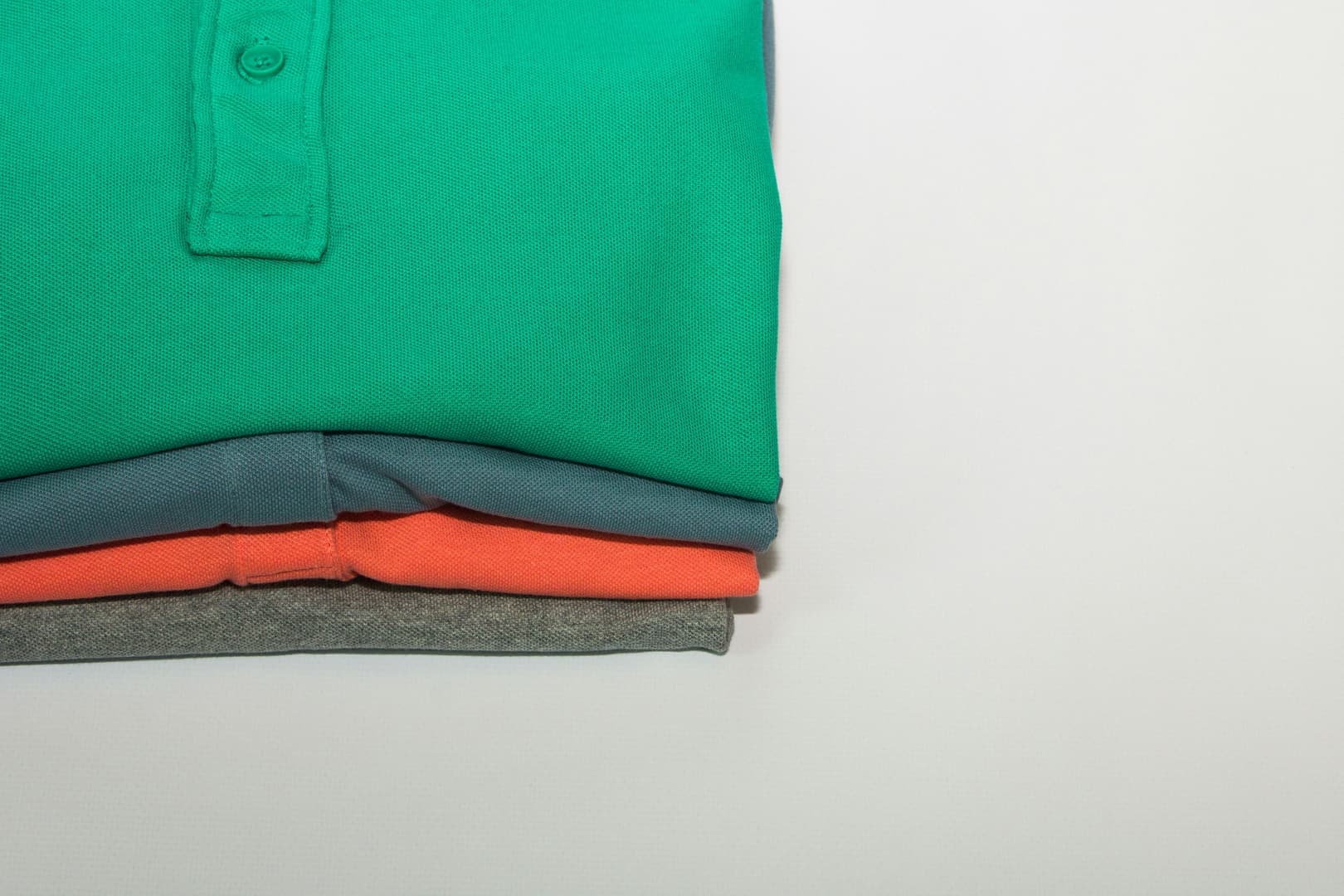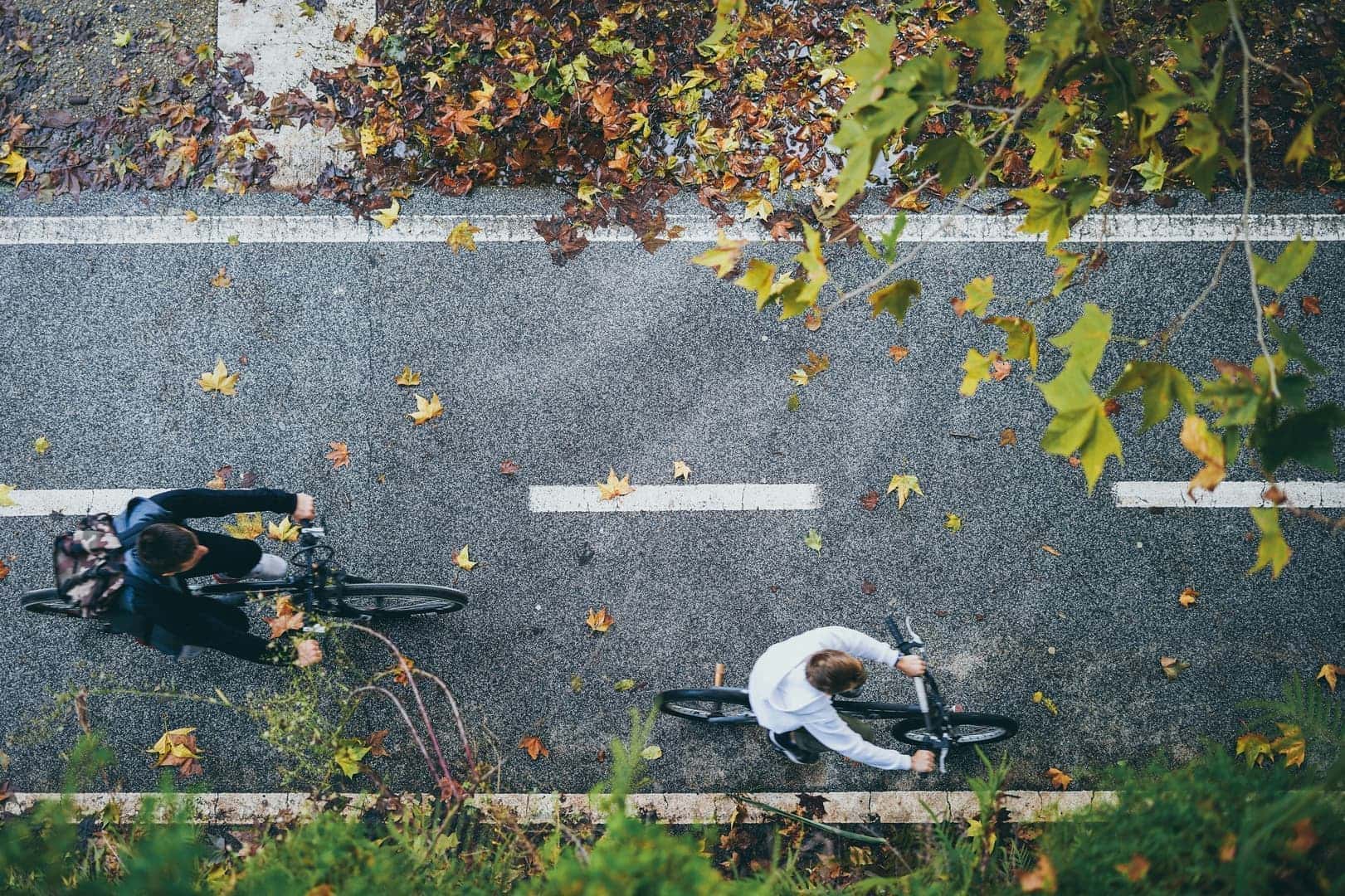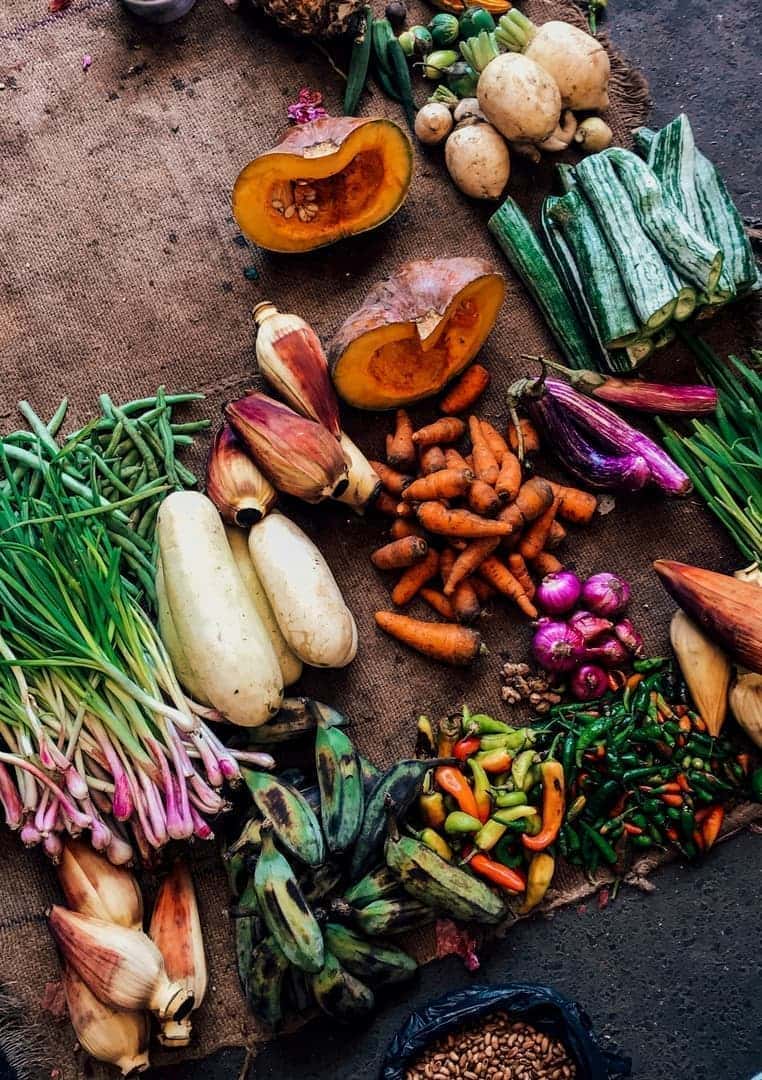
Sustainable Fashion 2025: How to Dress Without Harming the Planet
Every year, the world produces over 100 billion garments — and more than half end up unused or discarded. In 2025, sustainable fashion is no longer a niche trend but an environmental and economic necessity. Here's how to dress consciously without giving up style.
1. Buy less, choose better
The most sustainable garment is the one you wear for years. Pick natural fabrics (linen, wool, organic cotton) and timeless cuts instead of fast-changing trends. Think of your wardrobe as an investment, not a disposable collection. Quality pieces last longer and look better with time. Before buying, ask yourself: Will I wear this 30 times? If not, skip it. This simple rule dramatically cuts impulse purchases and clutter.
2. Know your fabrics
Understanding fabric impact helps you make smarter choices: | Fabric | Water use (L/kg) | CO₂ footprint (kg) | Alternatives | |---------|------------------|--------------------|---------------| | Conventional cotton | 10,000 | 15 | Organic cotton, hemp | | Polyester | 70 | 30 | Recycled polyester or Tencel | | Animal leather | 17,000 | 65 | Vegan leather, cork | Natural fibers like linen and hemp require less water and pesticides. Recycled materials reduce waste and energy consumption. Always check garment labels — transparency matters.
3. Second-hand first
Apps like Vinted, Vestiaire Collective, or local thrift shops cut emissions by 80% versus new clothing. Second-hand fashion has never been easier or more stylish. You'll find designer pieces at fraction of original prices. Every pre-owned item purchased saves water, chemicals, and CO₂. It also keeps textiles out of landfills. If you're decluttering before winter, consider selling or donating your unworn clothes to extend their lifecycle.
4. Care to make it last
Wash cold, skip dryers, repair seams — you'll double a garment's lifespan. Most clothes don't need washing after every wear. Air them out instead. When you do wash, use eco-friendly detergents and full loads to save water and energy. Learn basic mending: sewing a button or fixing a hem takes minutes and saves money. YouTube tutorials make it easy. Proper storage also matters — fold knits, hang wovens, and keep moths away naturally with lavender.
5. Rent or swap
European rental platforms now let users borrow clothes for events or kids' wardrobes. Services like Rent the Runway, By Rotation, or Tulerie make fashion circular. Why buy a dress you'll wear once? Clothing swaps with friends or community events are another great option. Organize seasonal swaps in your neighborhood — it's social, sustainable, and free. For more ideas on reusing before recycling, check our dedicated guide.
People also ask
Are organic clothes really stronger? → Yes, natural fibers wear slower and recycle better. They're also gentler on your skin and the environment. How to spot an ethical brand? → Look for transparent sourcing and labels like GOTS (Global Organic Textile Standard), Fair Wear Foundation, or B Corp certification. Check if brands publish their supply chain information. Should we stop buying fast fashion? → The goal is moderation: fewer, longer-lasting pieces. Buy intentionally, not impulsively. Support brands that prioritize quality and ethics over trends.
Conclusion: Changing how we dress is a vote with our wallet. In 2025, sustainable fashion isn't a burden — it's pride, quality, and coherence in motion. Start small: one second-hand purchase, one repair, one conscious choice at a time.
About the author:
Alexandre Dubois is a European sustainability enthusiast who shares practical, tested tips for everyday life. From saving on household energy to reducing waste, he focuses on simple changes that deliver real impact. He writes from personal experience, testing solutions in his own home before recommending them. Contact: info@greendailyfix.com
Related posts

Reconnecting with Nature in the City: 5 Simple Ways to Make It Happen
Living in a city doesn't mean living apart from nature. Amid noise, screens, and constant motion, we often forget that life still thrives all around us. In 2025, urban biophilia inspires new ways to slow down, breathe, and feel connected again.

Moving smarter: bike, carpool, train — greener travel habits for 2025
Mobility is changing fast. With fuel prices rising and awareness growing, Europeans are reinventing daily travel. Fewer cars, more sharing, more trains: here's how to move smarter, cheaper, and cleaner in 2025.

Water, the Blue Gold: 7 Simple Habits to Save Without Sacrificing Comfort
In Europe, each household still uses around 140 liters of water per person per day. Yet most of it can be saved without giving up comfort. Here are seven practical, easy-to-adopt habits to cut your bill and protect this vital resource.

Seasonal Organic Baskets: Saving Money, Eating Better, and Doing Good
With rising food prices and a renewed focus on health, local organic baskets are making a comeback. Weekly boxes from nearby farms deliver fresh, seasonal produce straight to your kitchen — less packaging, less transport, often at a lower cost than supermarkets. But are they truly worth it? And how do you find the right one?